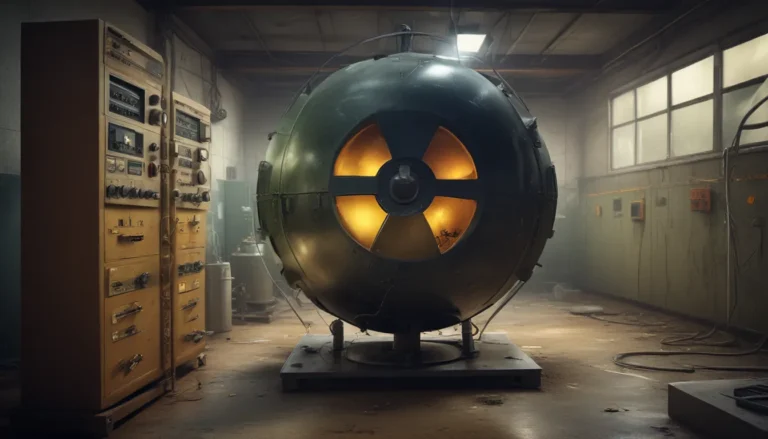A Note About Images: The images used in our articles are for illustration purposes only and may not exactly match the content. They are meant to engage readers, but the text should be relied upon for accurate information.
The first law of thermodynamics, also known as the law of energy conservation, is a foundational principle in physics. It states that energy cannot be created nor destroyed in an isolated system but can be converted from one form to another. This law, formulated by Rudolf Clausius and James Joule, has profound implications in various scientific disciplines, shaping our understanding of energy and its behavior in different systems.
Energy: The Uncreated and Undestroyed Force
The First Law of Thermodynamics, or the Law of Energy Conservation, asserts that energy within a closed system cannot be created nor destroyed. Instead, it can only be transferred or transformed from one form to another. This fundamental principle governs the behavior of energy in various systems, from mechanical to biological, highlighting the interplay of energy conversion processes.
The Invariable Total Energy Within a System
According to the First Law of Thermodynamics, the total energy of a closed system remains constant. This means that the sum of all energy within the system, including heat and work, remains unchanged. Understanding this concept aids in analyzing the energy dynamics of different systems and their efficiency in utilizing energy resources.
The Interchangeability of Heat and Work
The First Law of Thermodynamics establishes a critical relationship between heat and work, stating that they are interchangeable forms of energy. This means that heat can be converted into work and vice versa, showcasing the versatile nature of energy conversion processes in diverse systems.
Implications for Energy Efficiency and Conservation
The First Law of Thermodynamics plays a pivotal role in promoting energy efficiency and conservation. By grasping and applying this law, scientists and engineers can design systems that optimize energy utilization and minimize energy waste. This fundamental principle underscores the importance of sustainable energy practices in various fields.
Exploring the Limits of Energy Conversion
While the First Law of Thermodynamics emphasizes energy conservation, it also highlights the limitations of energy conversion. It asserts that no system can achieve 100% energy efficiency, as some energy is always lost in the form of waste heat during conversion processes. Understanding these limitations guides the development of more efficient energy systems.
Everyday Applications of the First Law
The principles of the First Law of Thermodynamics find practical applications in our daily lives. From assessing the efficiency of household appliances to designing sustainable energy systems, this law plays a vital role in various aspects of our everyday routines. By recognizing its significance, we can make informed decisions about energy consumption and conservation.
In conclusion, the first law of thermodynamics, or the law of energy conservation, is a cornerstone of physics that elucidates the behavior of energy in different systems. By delving into this fundamental principle, we gain insights into energy conservation, efficiency, and the sustainable utilization of energy resources. Understanding and applying the principles of the first law of thermodynamics are essential for comprehending the complex interplay of energy in the natural world and driving innovations for a sustainable future.
Frequently Asked Questions
Q: What is the first law of thermodynamics?
A: The first law of thermodynamics, known as the law of energy conservation, states that energy cannot be created nor destroyed in an isolated system but can be transferred or transformed from one form to another.
Q: How does the first law of thermodynamics relate to energy conservation?
A: The first law of thermodynamics is synonymous with energy conservation, emphasizing that the total energy within an isolated system remains constant over time.
Q: What are some examples of the first law of thermodynamics in action?
A: Examples include the heating of a room using an electric heater, energy conversion in a car engine, and the functioning of a refrigerator.
Q: How does the first law of thermodynamics impact everyday life?
A: It is essential in various aspects of daily life, from energy efficiency in appliances to power plant operations and renewable energy system design.
Q: How is the first law of thermodynamics used in engineering?
A: Engineers rely on it to analyze energy flow and transformations in systems, ensuring efficient energy use in mechanical, civil, and electrical engineering fields.






